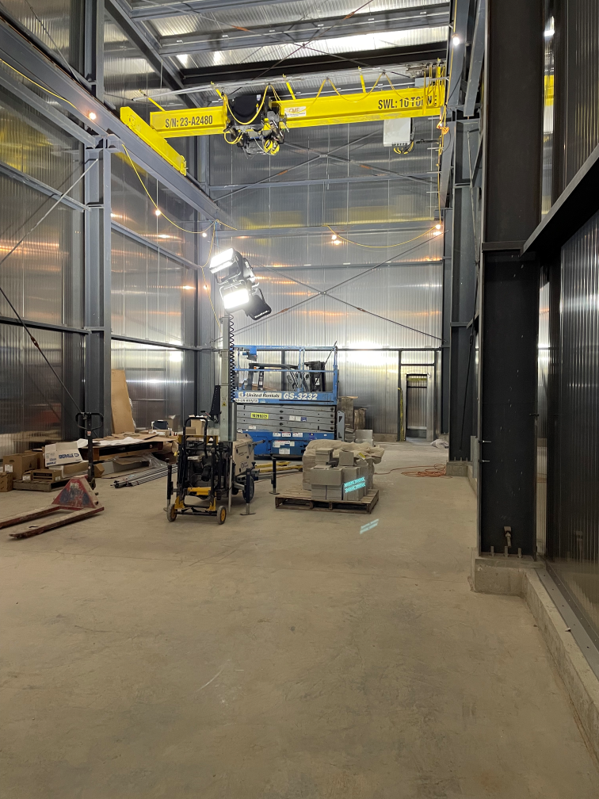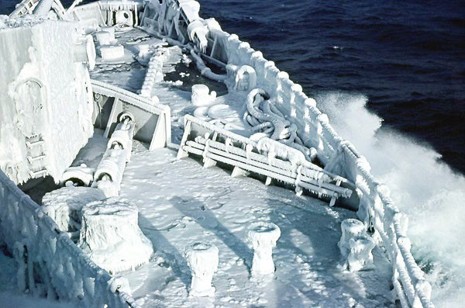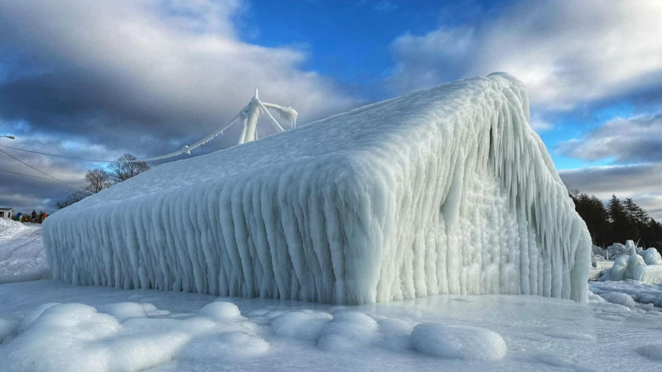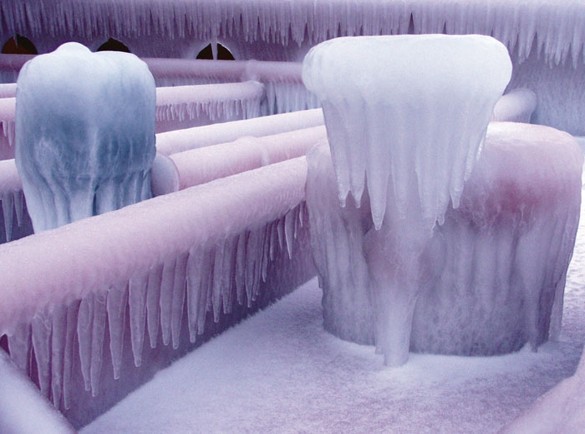Icing Wind Tunnel Over Wave Basin
Purpose
- Simulate variety of harsh ocean environment conditions: cold temperatures, high winds, and precipitation that is repeatable and controlled.
- Marine Icing and Atmospheric Icing.
- Wave impact spray generation resulting in freezing spray; with and without wind assist.
- Modelling impact forces.
- Ocean, Naval, Aeronautical, Civil, Mechanical applications and other “harsh” conditions.
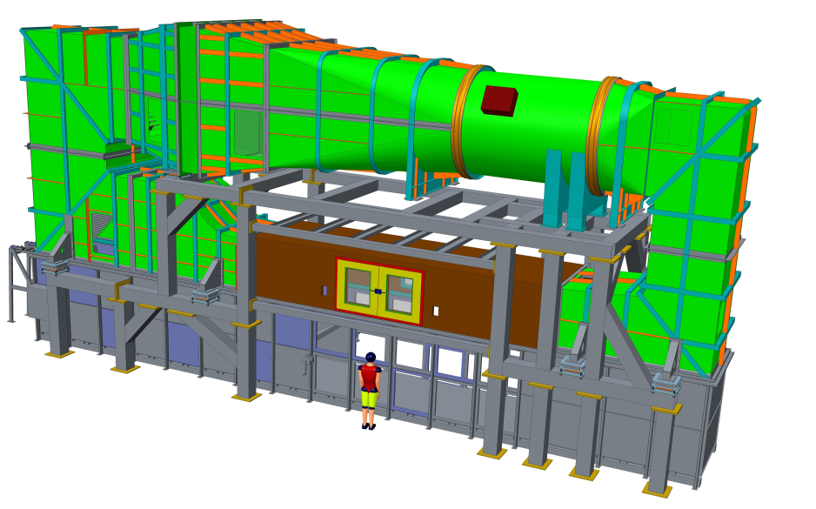
|
Wind Tunnel Air Temperature and velocity: |
-20 C < T < 20 C; 0 < U < 30 m/s |
|
Wind Tunnel Spray System: |
Simulate atmospheric precipitation |
|
Wind Tunnel Floor panels: |
Removable |
|
Wave Basin: |
Ambient temperature, fresh water, seawater salinity |
|
Wave Height: |
0.5 m |
|
Simulations: |
Wave impact spray generation resulting in freezing spray; ice accretion simulation; modelling impact forces. |
Objectives
Determine how:
- Droplet size affects the amount of ice accretion
- Temperature of sea, air and vessel surfaces effect the icing process
- Sea spray ice accretion occur on different surfaces
- Gravity and salinity effect marine icing phenomena
Determine how to:
- Monitor parameters for accurate prediction of icing
- Monitor the amount of icing on a given structure
- Scale results of model scale icing experiments to full scale
- Develop de-icing strategies

Current experimental process in FEAS Cold Room
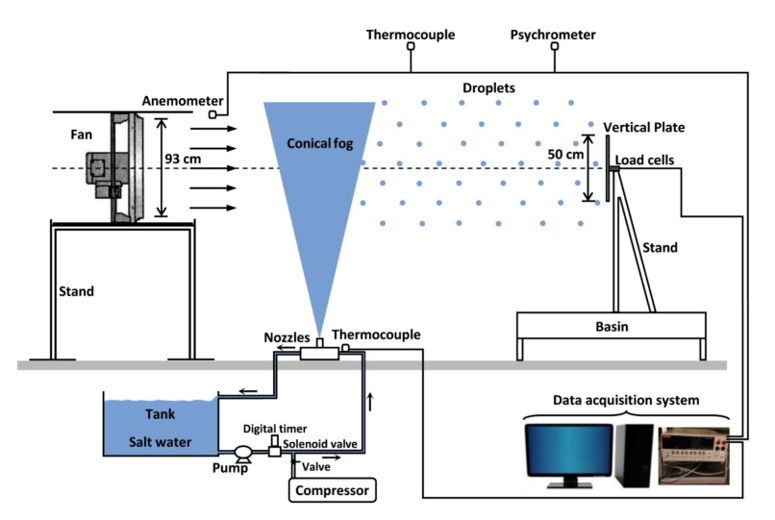
Typical experimental results

Cold room
- Cold Room: 18.5m L x 7.5m W x 9.5m H. 10-ton overhead crane.
- Design temperature : +5 C to ‐25 C
- Location of the SLIDE apparatus
- Specimens: Test structures or ice sheets; max. ice sheet 6 m L x 3m W x 2m H (grown in tank); fresh water, seawater salinity.
